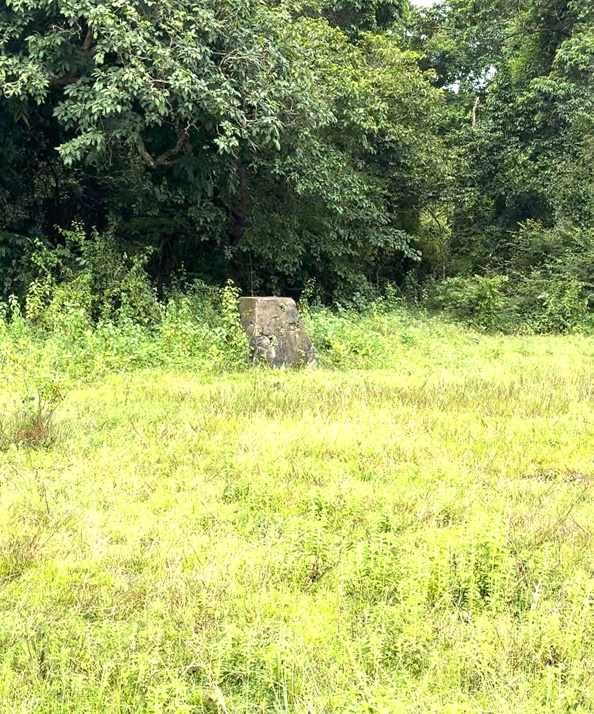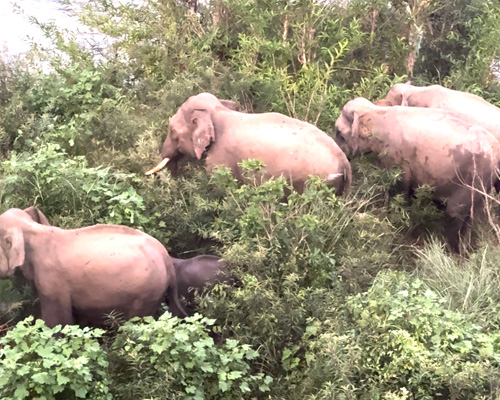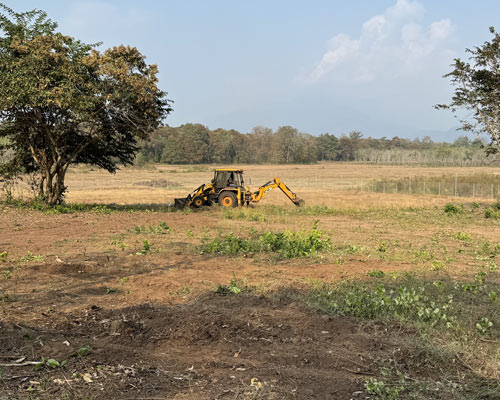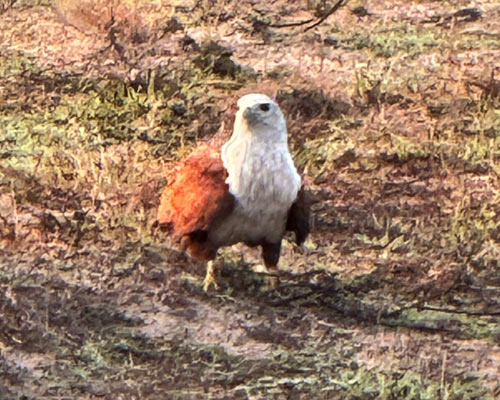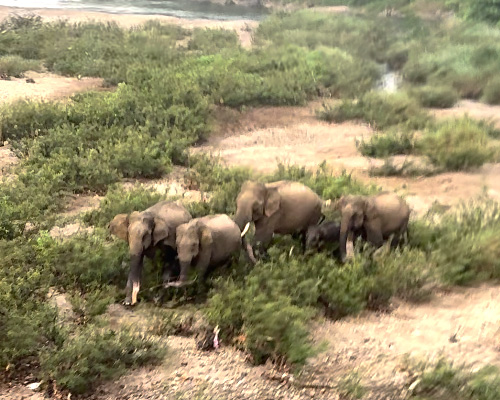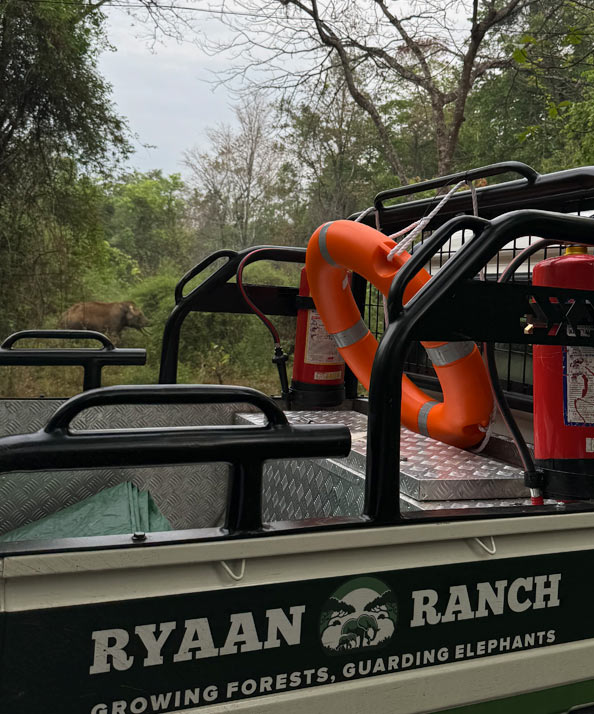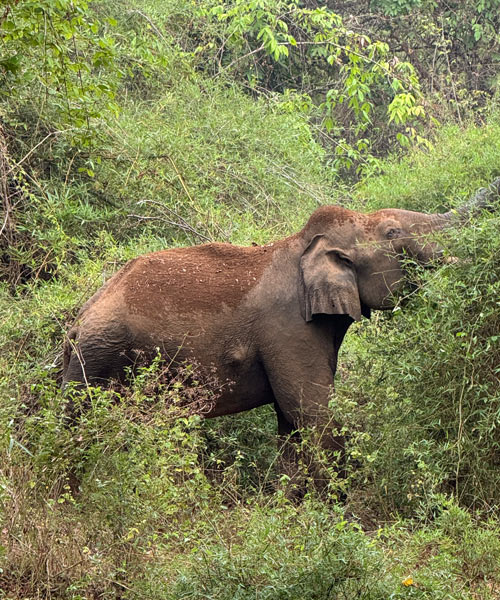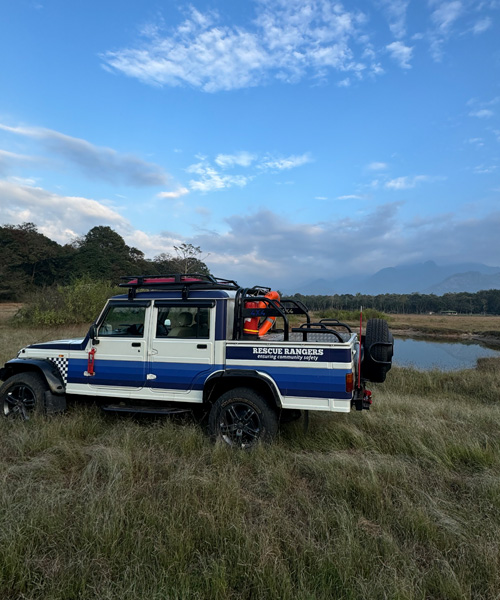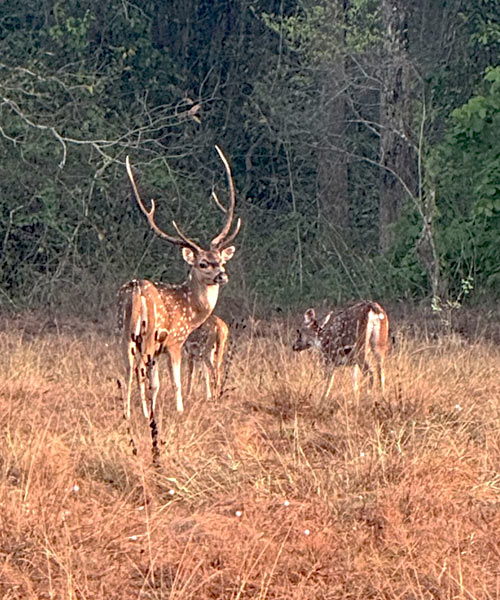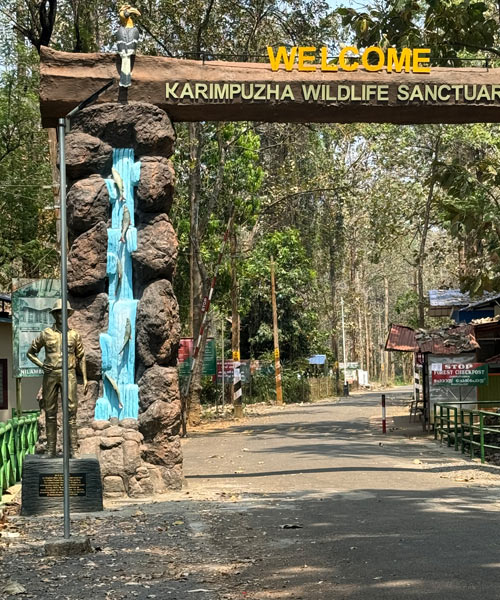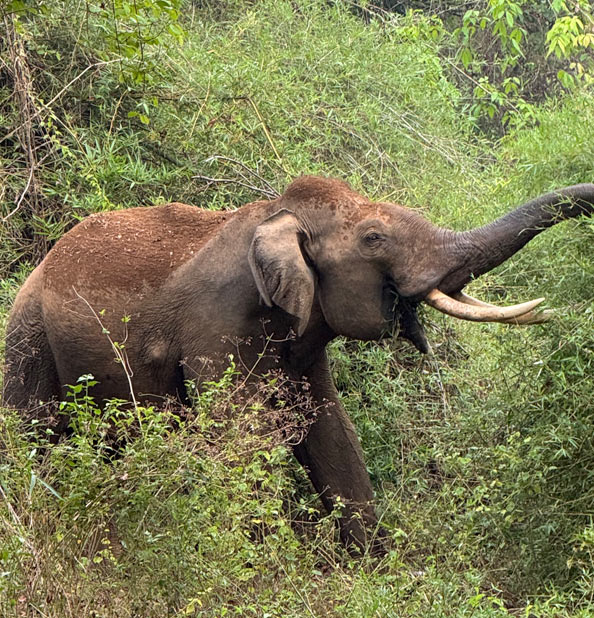
Who We Are
A Legacy of Coexistence, Conservation, and Community Stewardship
Ryaan Ranch Wildlife Trust is a visionary non-profit conservation initiative, officially registered in 2025 under the Indian Trusts Act, 1882, with its registered office in New Delhi, India. Created out of a deep sense of ecological responsibility and personal connection to nature, the trust embodies a long- term commitment to biodiversity preservation, wildlife protection, and sustainable forest-based development.
Our field headquarters are located inside the Nedumkayam Rainforest, within the verdant expanse of Malappuram district, Kerala—a region known for its extraordinary ecological diversity, rich tribal heritage, and proximity to globally significant protected areas. The trust operates from a privately owned 25-acre land parcel, strategically situated within the core zone of Karimpuzha Wildlife Sanctuary, which is part of the Nilgiri Biosphere Reserve—a UNESCO-designated biosphere, and one of the eight “hottest hotspots” of biodiversity in the world.
Our Mission
At Ryaan Ranch Wildlife Trust, our mission is to:
“Protect wildlife, preserve natural habitats, and promote peaceful coexistence between humans and animals through sustainable conservation efforts, field-based action, and inclusive community engagement.”
We believe that the health of our forests, rivers, and wildlife is directly connected to the well-being of human communities. Our conservation mission is built upon four core pillars:
Wildlife Protection – Safeguarding endangered and native species through habitat preservation, rescue operations, and conflict mitigation.
Habitat Conservation – Restoring forest ecosystems through afforestation, invasive species control, and water resource rejuvenation.
Human–Wildlife Coexistence – Creating buffer zones, natural corridors, and awareness programs that help prevent conflict and foster understanding.
Community Empowerment – Involving local and tribal populations in forest stewardship, eco-tourism, skill development, and conservation education.
Through these pillars, we aim to create a self-sustaining model of conservation—where the forest thrives, the animals roam freely, and local communities benefit from being protectors rather than adversaries of nature.
Our Vision
“A future where wildlife thrives in harmony with human communities, sustaining the delicate balance of our ecosystem for generations to come.”
We envision a world where:
Forests are undisturbed havens for biodiversity, not battle zones for survival.
Human settlements and wildlife habitats coexist without conflict, supported by science and tradition.
Children grow up with a deep respect for nature, becoming stewards of the earth.
Conservation is not the job of a few, but a shared responsibility across society.
Privately protected forest lands like Ryaan Ranch become living examples of how individual action can lead to collective ecological change.
Our long-term vision is to contribute meaningfully to India’s national conservation goals, the UN Sustainable Development Goals (SDGs), and the broader global fight against climate change, habitat loss, and species extinction.
